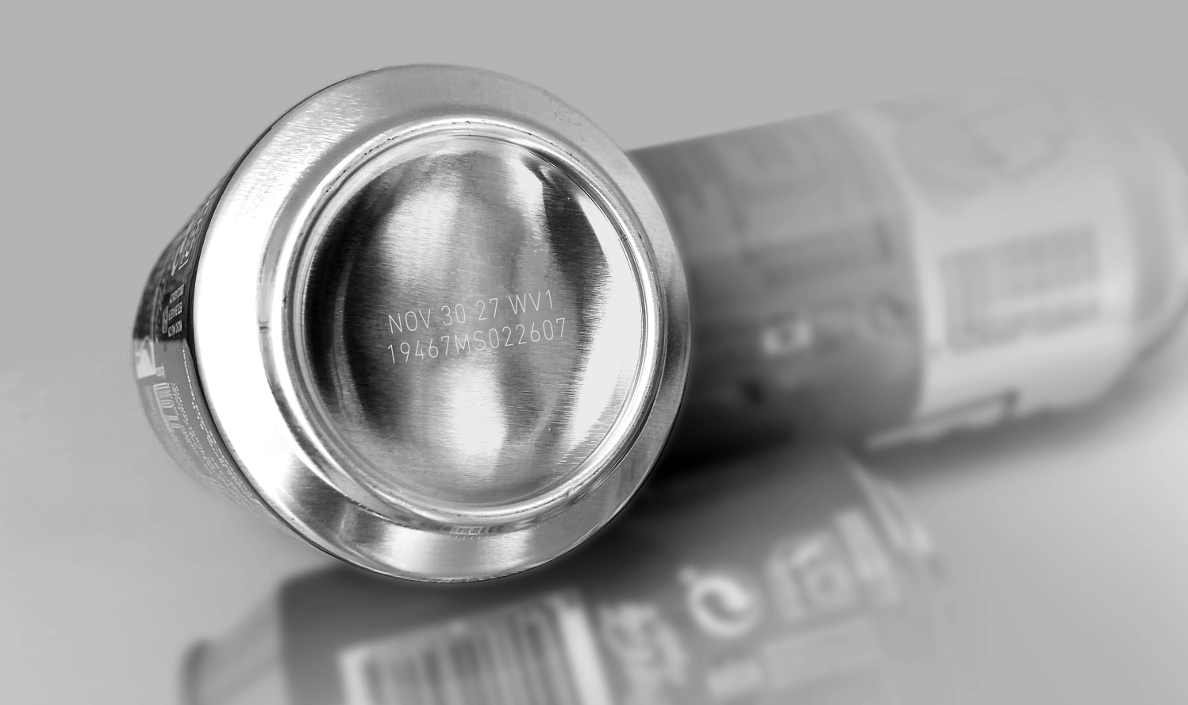
Up until recently, the coding of these aluminium cans has been done with ink. However, ink is not an optimal coding system due to the environment in which it is produced which can affect its readability and adhesion. For that reason, it is common to find duplicate coding on the cans, which go through two coding systems in line, increasing operational costs. The optimal alternative to this coding is the use of fiber lasers. This is where the radiation (with a wavelength of 1064 nanometres) generates an engraving reaction in the aluminium which, although it does not generate a colour change, does produce excellent visibility as well as ensuring an effective, reliable and sustainable coding system without the use of inks. As the production rates are so high and a large number of characters must be encoded, the best solution is to use ultra high speed (UHS) and high-power equipment, such as Macsa ID’s SPA F-9050 UHS. The 100×100 mm lens used, provides a compromise between the energy density needed to generate a durable mark and the depth of focus needed to work on the curved bottom of the can without losing coding capability. The characteristics of this system mean that it is possible to code up to 120,000 cans per hour, increasing the production rate without having to duplicate the coding system, making it an optimal solution also from a cost point of view. Technical information about beverage can laser coding Laser: F-9050-UHS Lens: 100×100 mm. Market: Beverage Application type: Coding Product: Drink cans Material: Aluminium Marking type: Dynamic Marking time: 0.03 seconds







